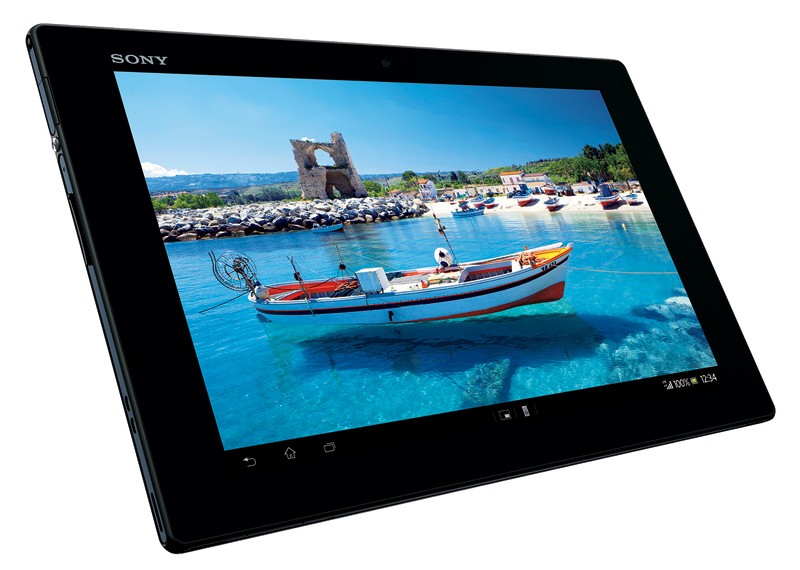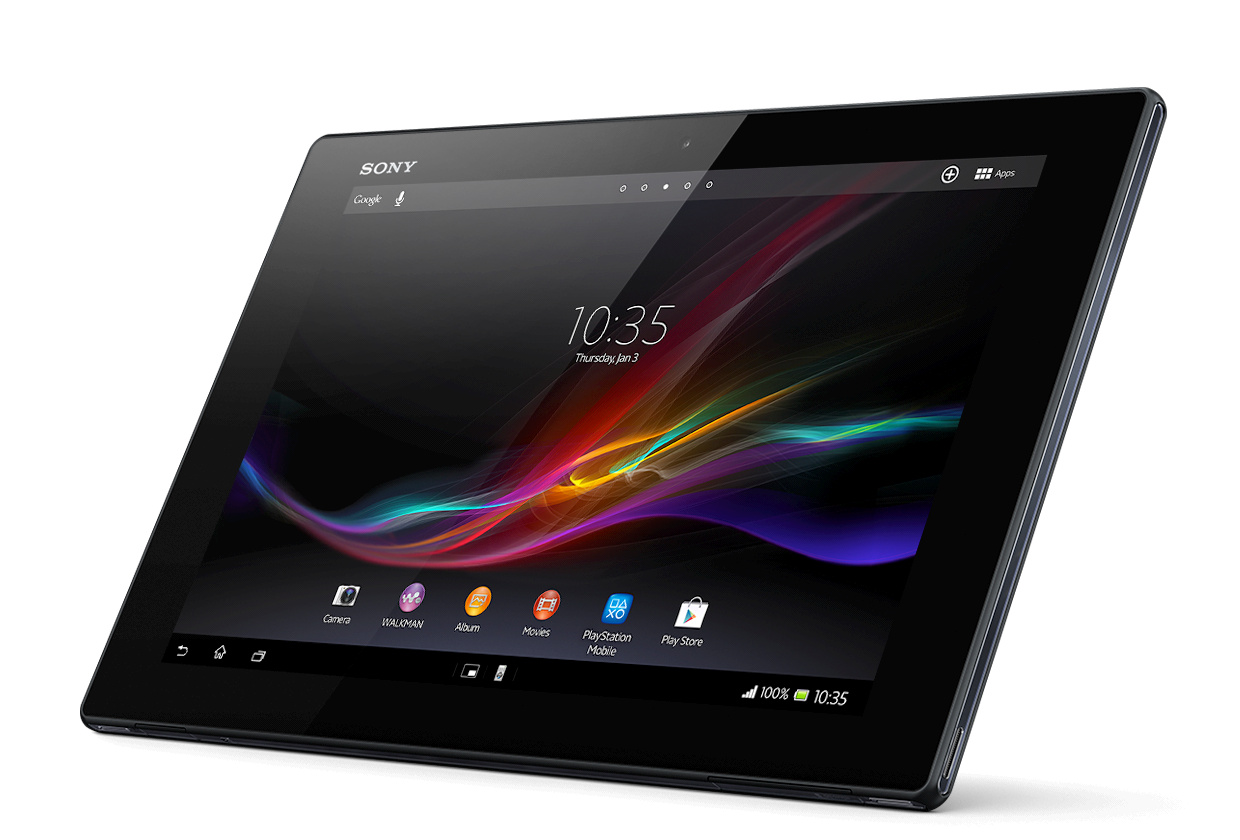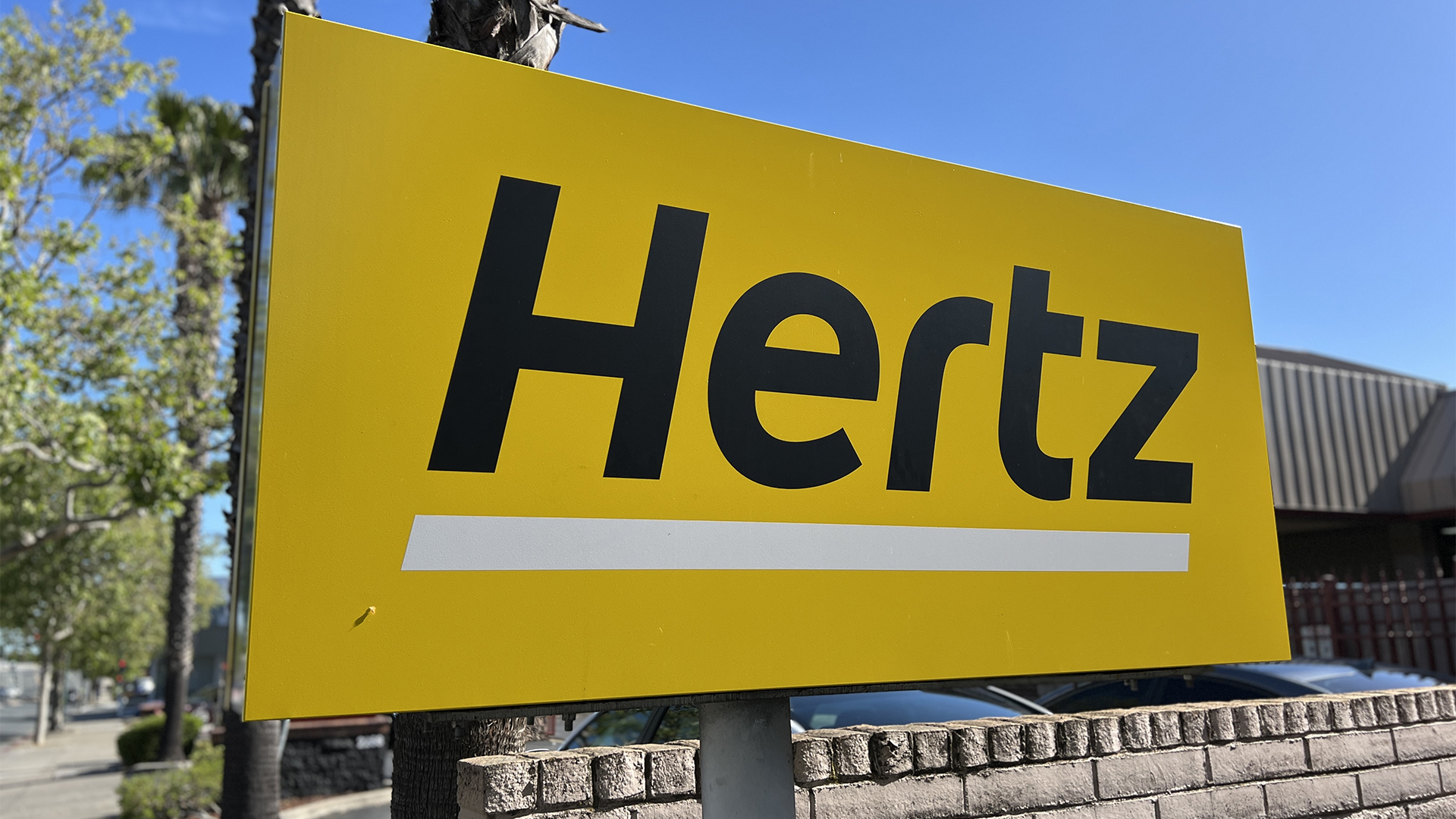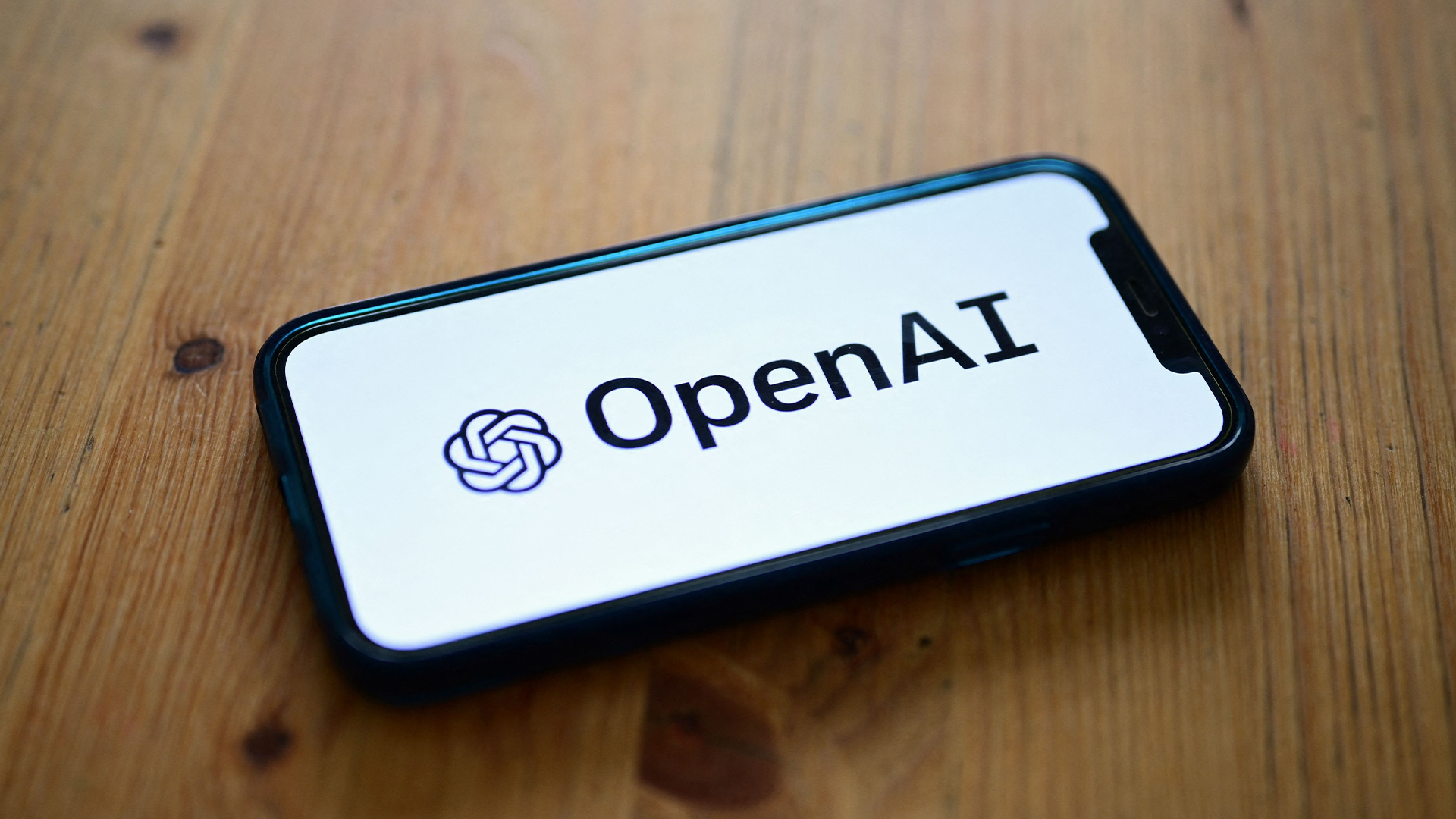Sony Xperia Tablet Z review
A beautifully crafted 10in Android tablet, which is waterproof, but has Sony left it too late?

Sony has nailed it with the redesigned tablet. The performance and features are worth the iPad-equivalent pricing. However, we just can't help feel that the Tablet Z isn't going to be as widely adopted as it should be.
-
+
Great LCD display; Micro-SDXC support up to 64GB ; LTE (optional), NFC and USB OTG ; Waterproof; Sony has included some nice Android tweaks.
-
-
Display not as scratch-proof as rivals; Wide-screen format not entirely suited to productivity use; Water causes the touch-screen to register activity; Large bezel; Glossy finish is bad for outdoor use; Sharp edges can make the tablet uncomfortable to hold.

Sony had to go back to the drawing board after its Tablet S and Tablet P devices bombed. The Japanese firm has bounced back with the redesigned and rebranded Xperia tablet, which ties in with its flagship smartphone range.
The Sony Xperia Tablet Z - to give the device its full title - is a premium Android tablet. It's unique selling point like its smartphone brethren is the IP7 waterproofing and IP5 dust protection. But is this enough to enable Sony to compete with the like of Apple's iPad 4 and Google's Nexus 10? The signs point to yes...
The Design
The first thing that strikes you about the Tablet Z upon removal from its bulky packaging is the block rectangle shape. Aside from the dimensions, which are wider than that of an iPad in order to accommodate the 10.1in widescreen display, the corners are square - giving the device an angular, industrial look.
The front is one continuous piece of glass adorned with the Sony logo at the top-right, and looks stunning. This is countered with two downsides though: the glossy finish attracts fingerprints like you wouldn't believe, despite Sony's claims of "anti-fingerprint technology," and when the screen is switched on you suddenly realise just how big the black bezel surrounding the screen really is.
The large bezel is likely a result of Sony's decision to make the Tablet Z as thin as possible. Measuring just 6.9mm at its thickest point - which, given the angular nature of the device, is also its thinnest point - significantly thinner than the 9.4mm iPad 4 or the 8.9mm Nexus 10 and even besting the 7.2mm iPad Mini.

At 495g, the Tablet Z is light, but it can feel uncomfortable during prolonged use, thanks to sharp edges.
The rear of the device is a matt-finish plastic, but it feels like rubber and offers great grip. The edges of the device include a physical power button, volume control, and clever speakers which are ported on both the edges and the bottom of the casing - meaning whichever way you hold the tablet, the speakers will still be audible.
A headphone port, micro-USB port - which doubles for USB On-The-Go (OTG) or MHL use with an optional cable - and micro-SD card slot are all protected by small flaps, part of the tablet's waterproofing, along with a micro-SIM slot on the LTE model.
Waterproofing
The Tablet Z is officially certified as IP55/IP57 waterproof and IP5X dust-resistant. This is thanks to the caps that sit over exposed ports - but there's also a lot of clever trickery in the design. According to the IP57 standard, a device should be able to be submerged to a depth of one meter in fresh water for a period of half an hour.
The manual has some warnings about relying on the waterproof nature of the tablet. First of all, it quite clearly states that the Tablet Z must not be submerged - despite the IP57 rating allowing for that for short periods in shallow water. Secondly, it warns that if the speakers get wet - which they will - they must be dried for three hours before use.
Worse still, the tablet includes the same moisture sensors inside as have been standard on smartphones for years - and if your tablet gives up the ghost as a result of water getting where it shouldn't, Sony won't honour the warranty.

Assuming you're not going diving, however, the waterproofing is a nice touch. The tablet can certainly survive a drop in the bath and a rain shower. Although heavy rain can trick the touch-screen into registering touches where none exist - resulting in the tablet going off and doing its own thing, dragging things hither and thither without your consent.
A bigger problem for outdoor use is the glossy screen: despite the Mobile Bravia Engine 2's best efforts, the tablet is difficult to use in bright sunlight, and the glass seems easy to damage with a small, shallow scratch appearing on our test unit after a week's use in a protective case.
Get the ITPro daily newsletter
Sign up today and you will receive a free copy of our Future Focus 2025 report - the leading guidance on AI, cybersecurity and other IT challenges as per 700+ senior executives
Gareth Halfacree is an experienced tech journalist and IT professional, and has been writing since 2006. In addition to contributing article for ITPro, Gareth has been featured in publications such as PC Pro, Techmeme, The Register, The MagPi, and Tom’s Hardware.
In addition to his digital articles, Gareth is the author of several best-selling books. These include the Raspberry Pi User Guide, an essential text for those looking to get started with their Raspberry Pi, as well as The Official Raspberry Pi Beginner’s Guide. Gareth also wrote the Official BBC micro:bit User Guide, a comprehensive guide to setting up the pocket-sized computer, learning to code on it, and even creating your own hardware addons.
-
 Cleo attack victim list grows as Hertz confirms customer data stolen – and security experts say it won't be the last
Cleo attack victim list grows as Hertz confirms customer data stolen – and security experts say it won't be the lastNews Hertz has confirmed it suffered a data breach as a result of the Cleo zero-day vulnerability in late 2024, with the car rental giant warning that customer data was stolen.
By Ross Kelly Published
-
 Women show more team spirit when it comes to cybersecurity, yet they're still missing out on opportunities
Women show more team spirit when it comes to cybersecurity, yet they're still missing out on opportunitiesNews While they're more likely to believe that responsibility should be shared, women are less likely to get the necessary training
By Emma Woollacott Published
-
 OpenAI wants developers using its new GPT-4.1 models – but how do they compare to Claude and Gemini on coding tasks?
OpenAI wants developers using its new GPT-4.1 models – but how do they compare to Claude and Gemini on coding tasks?News OpenAI says its GPT-4.1 model family offers sizable improvements for coding, but tests show competitors still outperform it in key areas.
By Ross Kelly Published